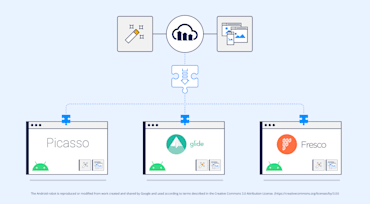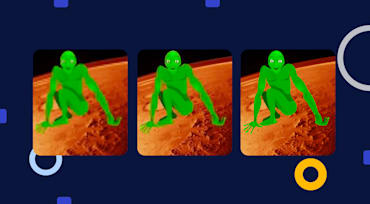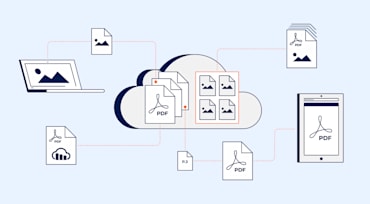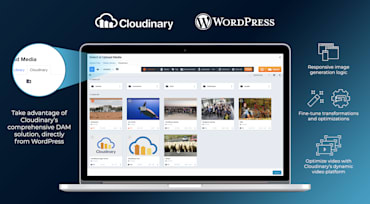User-generated content (UGC), aka user-created content (UCC), is material—images, videos, audio, text—that is posted by online audiences at will, often on social media. Such content frequently and indirectly promotes products and services for the organizations concerned, lending more credibility than conventional advertisements.

Adding code to display an image in your application is one of the most common tasks for almost every application developer. However, when it comes to Android applications, there is no inbuilt support for any image related tasks, which could be a potential pain when Android developers need to handle loading (and reloading) images into the view, handling the caching and memory issues, and supporting simple UI functionality.

- Following Google's shutdown of its legacy Google+ API in March 2019, the Google+ (gplus) option is no longer available.
- Following changes made by Instagram in June 2020, the Instagram (instagram_name) option is no longer available.

ExoPlayer, a media player for Android, was developed and is being maintained by Google as an alternative for Android’s default MediaPlayer. Among ExoPlayer’s advantages over MediaPlayer are dynamic adaptive streaming over HTTP (DASH), smooth streaming, and common encryption. A major advantage, however, is ExoPlayer’s easy customization.

JPEG images are either progressive or nonprogressive, depending on their encoding order, not politics.
Encoding of and decoding of nonprogressive occurs in this simple order: from top to bottom and from left to right. Consequently, when a nonprogressive JPEG is loading on a slow connection, you see the image’s top part first, followed by the other parts as loading progresses.

The Portable Document Format (PDF) is a popular format developed by Adobe for delivering formatted text and images. A PDF file includes a complete description of all layout elements, including text, fonts, images and layers, ensuring that the file will look identical when opened on any device. The PDF format also has the big advantage of compressing high-quality files to a relatively small file size.

Nowadays, users can and often upload various media files to social networks, websites, and messaging apps. Most of those media are images and videos, with a significant number being audio files. Subsequently, to create a thumbnail to depict an image, a site or app would crop and then resize it to scale. To depict a video, they would convert, crop, and resize a single frame from it as a thumbnail.

Low-quality image placeholders (LQIPs) were originally introduced to enable webpages to load correctly in an orderly manner, displaying ultra small, blurry images while the actual version is loading, which works well with lazy loading in JavaScript. Then came a dilemma: should we add more JavaScript to help images load faster even though we must wait for the same JavaScript to run before they can load? It was a chicken-and-egg situation.

WordPress powers 34% of the internet and represents 60% of all CMS-built sites. From small blogs to large enterprise websites, WordPress is a popular choice for publishers and companies of all kinds. Media management within WordPress is an important component and one that, when done right, can significantly boost user engagement and overall site performance.

Adding watermarks to images and videos, a common practice at major news outlets and blogs, ensures that no one can circulate those media without owner authorization and that no one takes undue credit for their creation. Watermarks are also a must for stock-photo sites that offer previews of images and videos for purchase. Embedding the photographer’s name to or crediting a source in photos is a standard routine.
